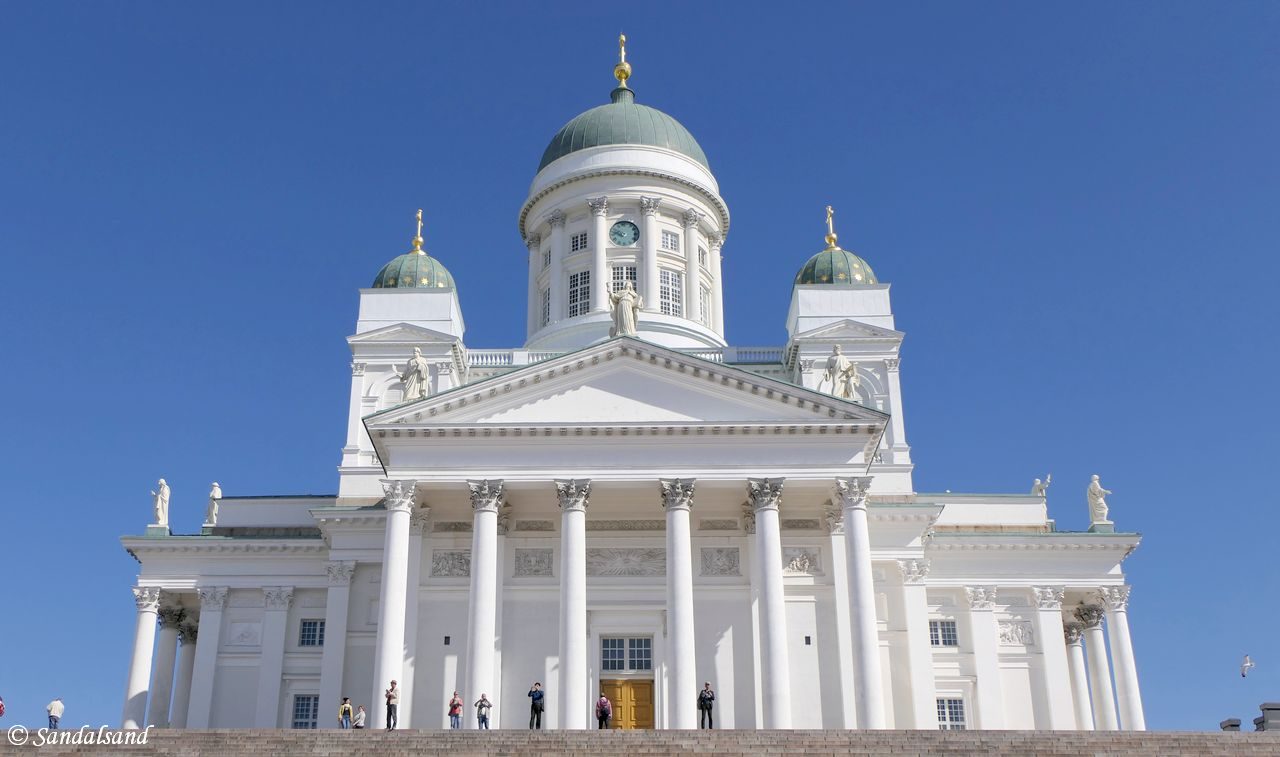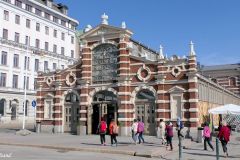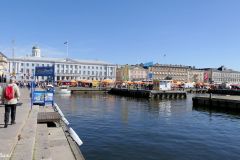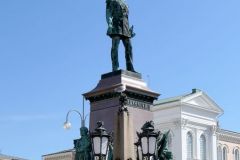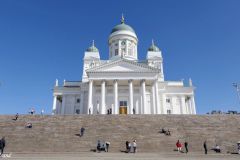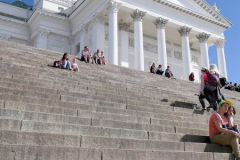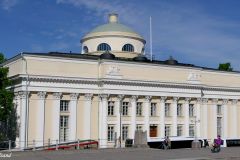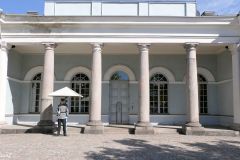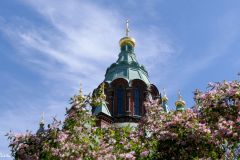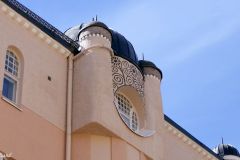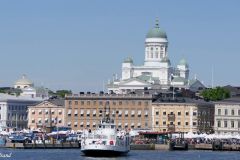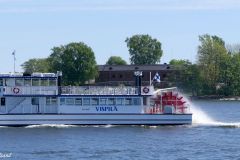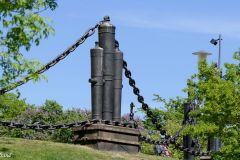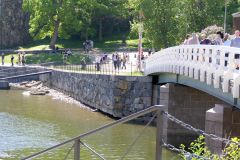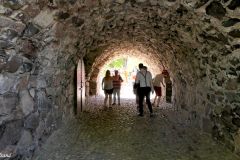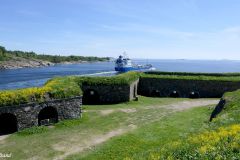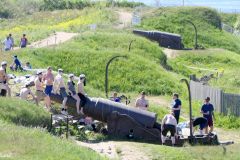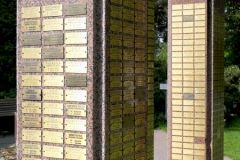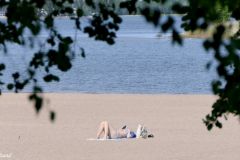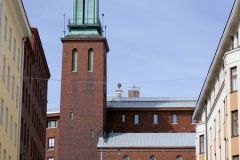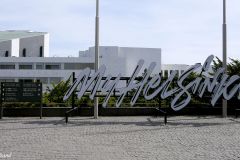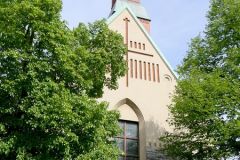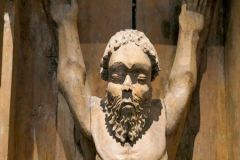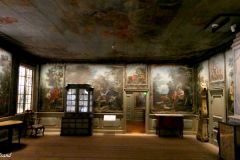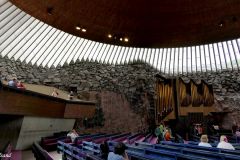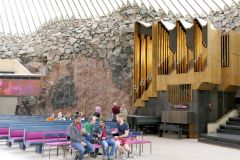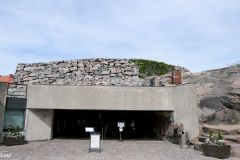Get ready for the ultimate Helsinki city walks: Two long walks and 45 places to stop and admire. Helsinki, the capital of Finland, is a really nice town with plenty of attractions. In addition we were awarded with bright and warm weather during our spring visit.
Quick orientation
Helsinki, or Helsingfors, is the capital of Finland. The city centre is situated on the mainland but it consists also of a number of islands and islets in the Gulf of Finland. The population is almost 650,000 but double that number in the larger metropolitan area.
Sweden colonized the coastline in the late 13th century and established Helsingfors (the Swedish name) as a trading town in 1550. The Swedes continued to rule the country until Russia beat Sweden in a war and annexed Finland as a Grand Duchy in 1809. Helsinki expanded extensively under Russian rule and managed to seize its independence after the Russian revolution. However, there were civil wars at the end of WW1 and also wars in connection with WW2. For much of the 20th century Finnish politics was heavily influenced by their proximity to their big neighbour to the east.
Today Finland has a minority of about 5% who speak Swedish and retain their culture in the coastal areas to the east. In the north there is a considerably smaller minority of Sámi speakers. Along the majority of Finnish speakers the country has three official languages. In the capital street signs are in Swedish and Finnish. On an island or islands south of Helsinki’s harbour one will find the old fortress of Suomenlinna (Sveaborg in Swedish), now a peaceful and attractive World Heritage Site.
Increased prosperity and a rather typical Nordic welfare state has over the last decades transformed Helsinki into much more than monumental architecture and place for heavy vodka drinkers and saunas. Design, fashion and trendy restaurants are now a part of everyday life. Finland is part of the EU and the Eurozone.
The map
Some people find it fascinating and exciting to plan ahead, discover places of interest and put up a list of the most important things to see and do. I’ve become one of them. Before going to Helsinki I went through travel blogs, and the apps and websites belonging to Triposo, Wikivoyage, Lonely Planet, VisitACity and Google Trips. I put them on a map, and I connected the markers with lines indicating a possible sequence for two days of walking.
The mapped markers and routes survived the scrutiny of my fellow travellers with some additions. Some places were dropped because of lack of time. Anyway, here it is, even with the places we didn’t make it to.
The map may not show perfectly well on small screens, but you may work in it and even open it up in Google maps for further studies.
The city centre walk (red line on the map)
Looking back we found this walk to be perfectly suited for our interests, and I would assert, also for most first-time visitors to Helsinki. I will not get into details about all the buildings and streets marked on the map. That would kill you the reader, and me the writer. Just click on the markers and follow the links, where applicable.
The attractions in Helsinki’s city centre are conveniently located within easy reach, that is on foot. You would want to have a look at the Old Market Hall and the Market Square. Next the long Esplanadi park is the place for people watching. The Cathedral and the other building surrounding the Senate Square is another highlight. Most people will also turn up at the Russian orthodox Uspenski cathedral.
We went on a detour to the Luotsikatu Street and area around it for a taste of Art Nouveau architecture.
Here’s a sample of my pictures from this part of Helsiniki. There are many more in the article called PICS – Finland.
The side trip to the Suomenlinna Fortress (also red line)
This fortress occupies several islands in the Helsinki bay area. Now a museum, the largest naval fortress ever in the Nordic countries offers more than 200 years of military history. Sveaborg, or Suomenlinna, is one of Finland’s most visited landmarks – right outside Helsinki.
To get there one catches a regular shuttle boat from the Senate Square. On the islands you just walk around and get something to eat while you are there.
Read my special entry about Suomenlinna, a UNESCO World Heritage Site. Here are a few pictures for a starter. Consult the linked article for more.
The second walk (blue line on the map)
This walk was an attempt to tie together a series of attractions to the north-west of the city centre. We more or less managed to do it as illustrated on the map. Large cemeteries always seem to fascinate, and the Hietaniemi cemetery was no exception. There is a nice public beach right next to it, in case you come here on a warm summer day.
One of the most important and visited sights in Helsinki is the Temppeliaukio Church, or Rock Church as it is called in English. Yes, it deserves its reputation. We also found time to visit the National Museum and walk past the Finlandia Hall. However, there are more museums on this suggested walk, but we didn’t find time to enter any of them. (To the south of this walk there is a Design Museum which I would recommend.)
Here are some pictures from this walk. Check out the PICS – Finland article for more.
What more?
You will find several markers on the map showing places to eat or drink. Try them out.
I would also suggest that you download the app belonging to HSL. Enter your credit card number and you are good to go on buses, trams, airport bus and the ferry to Suomenlinna.
We stayed at an AirBnB place that doesn’t exist anymore. Search Booking.com instead.
Helsinki is included in one of my articles about European city breaks. Check it out.

